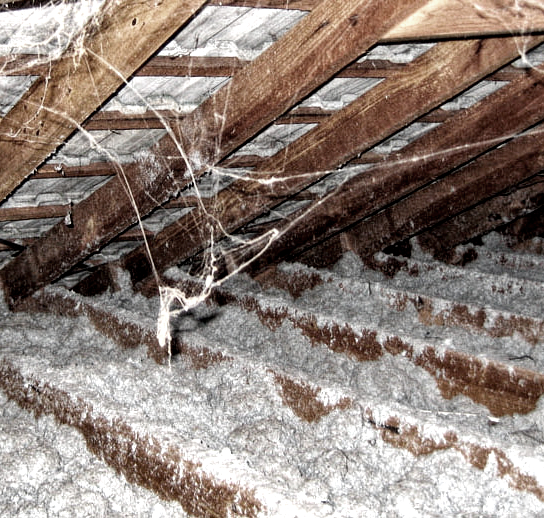Mesothelioma study reports on Mr Fluffy risks
 A new study has found a rising incidence of mesothelioma in Canberra over the past 30 years, raising questions about the legacy of Mr Fluffy loose-fill asbestos-contaminated houses.
A new study has found a rising incidence of mesothelioma in Canberra over the past 30 years, raising questions about the legacy of Mr Fluffy loose-fill asbestos-contaminated houses.
Interestingly though, the Australian National University research found just one mesothelioma diagnosis for a person who had lived in a Mr Fluffy house.
The ACT has launched a buyback and demolition scheme for more than 1,000 houses affected by the potentially-deadly asbestos fibres in Canberra.
The study showed that the rate of mesothelioma cases in the ACT between 1994 and 2011 increased at higher rate than the rest of Australia, but its co-lead investigator Rosmary Korda said spotting a trend in the data comes with some statistical uncertainty.
This is due to the small case numbers involved.
“Mesothelioma is a relatively rare cancer so we know there has only been about 140 cases in the last 30 years,” she told the ABC.
“There has been an increase in rates, but we don't know if it is connected with Mr Fluffy.
“This study is a descriptive study, we look at all the cases over time that have been registered in the ACT, but it just describes the trends and we compare them to other jurisdictions.”
In fact, the rise in rates puts the ACT at a similar diagnosis rate to the rest of Australia.
“Although rates have been rising in the ACT, they have been lower on average than the rates for rest of Australia,” Ms Korda said.
“However, in recent years ACT rates appear to have caught up with the rest of Australia.”
But there is some speculation that the rate will continue to increase, as mesothelioma symptoms can take up 50 years after the initial exposure to appear.
The study was the first of four reports commissioned in the ACT into the health risks of living in a house with loose-fill asbestos.
The four-pronged approach includes:
1. An analysis of mesothelioma rates and distribution in the ACT
2. Focus groups with residents of affected houses about health-related concerns
3. An investigation of likely exposure levels and health-related concerns of current and recent residents linked to years lived in an affected house
4. A study to link the data sets in a way that will let authorities judge the risk of developing mesothelioma for current and former residents of affected houses, compared with the general population







 Print
Print